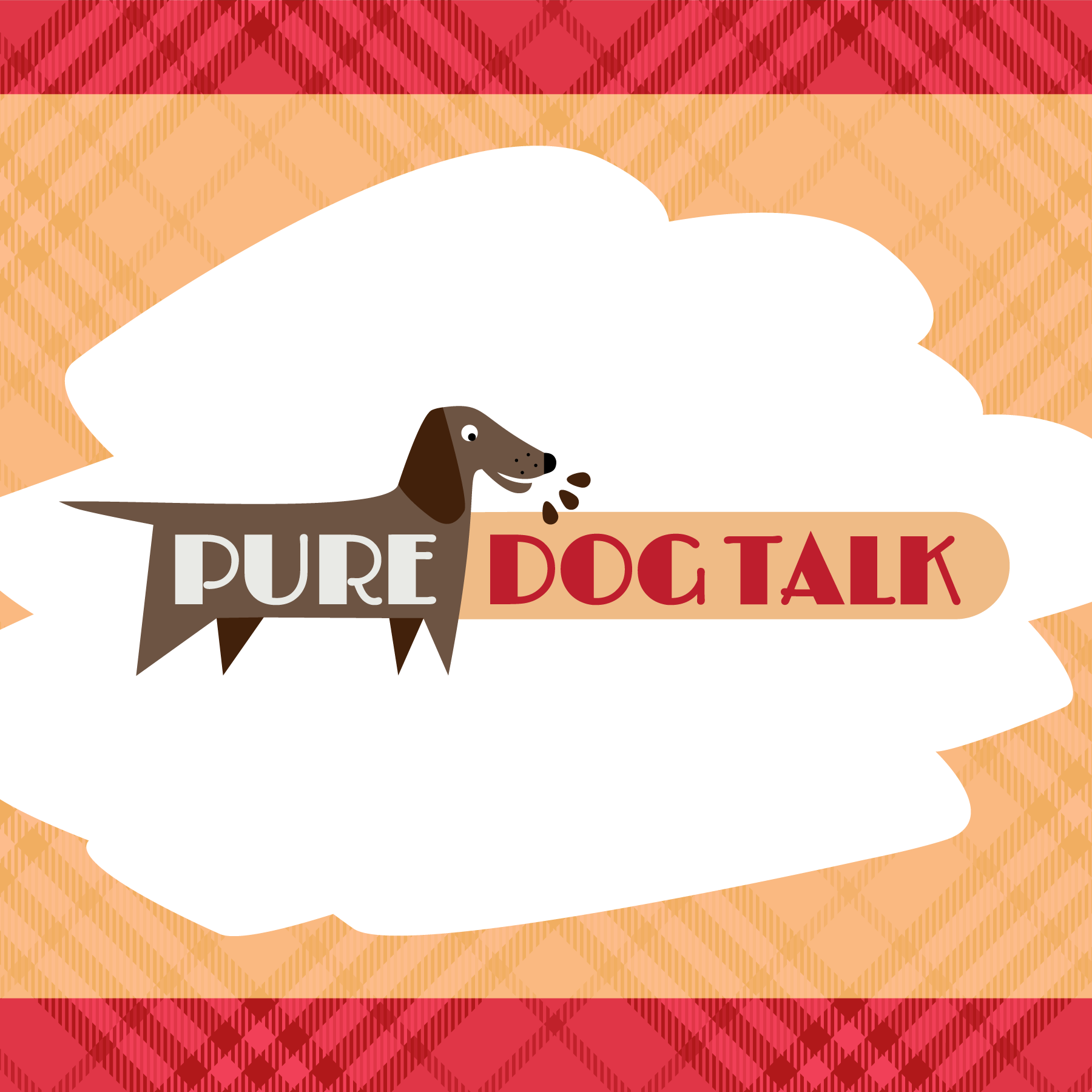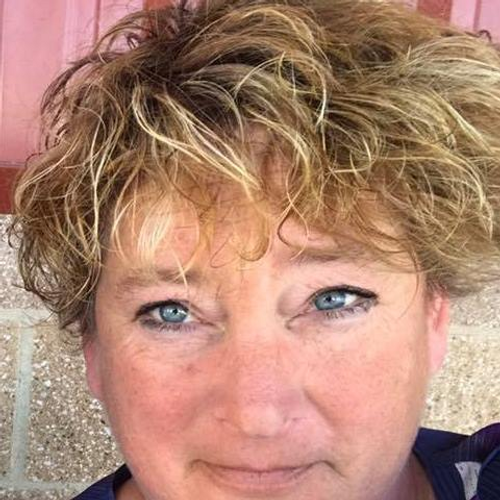73 – Dog Grooming: Back to Basics for Better Coats
Grooming Back to Basics for Better Coats
Grooming is as important a part of successful conformation presentation as handling. It doesn’t matter how gifted you are, you can’t make a silk purse out of sow’s ear in the 10 minutes you’re in the ring. It takes work. In many cases untold HOURS of hard work.
For today we’re just going to talk about some basic maintenance and at home care. Breed specific grooming, ring prep and favorite product recommendations will all be covered in later epidsodes.
Coat Care
Coat care is as individual as the breed. Double coated, single drop coats, hand stripping, scissoring, short smooth coats, short double coats, long fine hair, long coarse hair, curly hair. No matter what breed and coat type you’re working with, you need to have a routine and a plan. Hair is a renewable resource but it also requires loving care and maintenance. Those stunning, shiny dogs don’t just happen by accident!
Establish a Routine
Pick a day that is dedicated to dog grooming or assign a time each day to one part of the process. EVERY dog needs nails trimmed, teeth and ears checked and cleaned, coat brushed and a good bath and dry. If you have a Komondor this is a whole lot different game than if you have a whippet! Plan accordingly. Your dog’s success is dependent on the time and dedication you put in to this process.
Brushing the Coat
Brushing a dog to the skin is critically important to keeping the skin and hair coat healthy. A couple rules that apply, especially in drop coated breeds, NEVER BRUSH DRY HAIR! A light mist of conditioning spray as you brush will help minimize breakage and damage to the coat.
We have far too many different coat types to focus on just one, but I do want to touch on the heavily coated breeds. Please, I beg of you (as does every professional groomer) learn how to properly brush your dog. Start at the bottom of the dog (ie the feet), pull the coat up with one hand and brush down with the other. Literally, this might be a half inch section at a time to start with. Make sure that you SEE the skin and that the brush is actually *touching* the skin…. The best way to check your work is to run a comb through each section when you’re done brushing. If the comb doesn’t reach the skin and pull through easily, you have more work to do.
Now, whether you use a pin brush or slicker brush for this task depends on coat type and condition, and, to a degree, personal preference. Be VERY sure that you are brushing *through* the coat, not “flicking” your wrist… This also will help prevent breakage.
Train the Dog for Grooming
One thing I think folks forget is that grooming is something for which we train the dogs just like any other skill. Starting your puppy out as soon as it comes home with a quick trip to the grooming table each week for some kisses and treats, handling feet and mouth, rubbing and touching all over gradually increasing the time and attention as they get older and require more effort will pay HUGE dividends in the long run with a dog who sits, stands or lies quietly on the table instead of shrieking like a banshee and thrashing wailing biting lunging etc. A dog who is started early, consistently maintained and properly trained for grooming will enjoy the time and special attention. One that is 6 months old or more when it’s started might fight the process and often “learns” that the table is to be hated. Which means your life just got more difficult and the dog is less liable to win because the grooming process is such a nightmare it’s just easier to not do a thorough job.
Don’t forget, even dogs with short, smooth, single coats need weekly brushing with a good bristle brush to keep dead hair coming out to be replaced by new and to make sure the skin is healthy and its natural oils are distributed through the coat.
The Dreaded Toe Nails
Toe nail maintenance is regarded as the bane of dog grooming existence by far too many people. It really, really isn’t as hard as you think it is. A couple important tips will help you move through this in a flash.
First, just like brushing, start early and stay on top of it. This is part of your weekly ritual with your dog. If you keep the nails down short, the dog feels better, walks better, grows up on it’s feet and pasterns better.
Second, DO NOT BE NERVOUS!!! If you’re scared, and worried and overly dramatic about this horrible task, the dog will be also!!! Stay calm, cool and collected, from the very beginning and that attitude will pass to your dog. I understand you don’t want to hurt the dog. That’s good! But you are MUCH more likely to quick a dog that’s flailing and blowing its anal glands because it’s so freaked out because you are terrified you might make it bleed.
So, stop. Just, stop. If you have a puppy, start it out right. If you have an older dog that already has issues, go back to your own job, which is to be the dog’s fearless leader. It isn’t scary to the dog if it isn’t scary to you.
You can manage your fear by learning safe and simple techniques for trimming nails. Whether you use a nail clipper or a grinder, understand that the quick, the part that makes the dog bleed, is always going to be *behind* the curve of the nail… In other words, closer to the dog’s body. You can also look at the bottom of the foot and see under the nail… You will see the little triangle of fleshy stuff that stops (the nail bed) while the actual nail continues growing. This works for clear or dark nails. You should trim or grind right up to the quick without touching it in order to keep the nails a good length (My 4-H leader used to make us slide a dime under the toenails of a dog standing up on a smooth surface to make sure they were short enough… I like to keep them shorter than that, but to be honest, as long as they aren’t touching the floor they aren’t harming the dog’s health.)
So, you know where the quick ends. You know that you are going trim in front of it. So you can relax, take a deep breath and calmly zip zip zip through those toenails. Suddenly this is not the most feared of all dog grooming tasks!
Bathing
Next it’s time for a bath. A couple important notes. DO NOT bathe a matted dog… All that does is tighten the mats. Always brush first, then bathe. Again, frequency of this depends on your breed. For MOST breeds (ie NOT wire coated dogs, not corded dogs, etc) a bath once a week in tepid water with gentle shampoo and light conditioner is the right answer. This will change if you are keeping a dog in oil, if you want to hold coat on a double coated dog (bathe it in cold water), if you want to get the coat OUT of a double coated dog (bathe in very warm water), etc. The single most important part of the bath, no matter coat or breed, is to RINSE RINSE RINSE!!! shampoo residue is one of the top causes of skin irritation, dull coats and even hot spots. I tell the kids to rinse until you think you’re done, then rinse again.
Drying
Again, just like rinse rinse rinse, we have DRY DRY DRY!!! A damp dog makes mats, hot spots, cold tail, curly hair where it should be straight, etc. Towel drying the pointer is fine. Not so much for the poodle. Some breeds seem to take a lifetime to dry, others you can zoom through it. In all cases, coated dogs should be brushed and dried at the same time. This again keeps the circulation going in the skin, removes dead coat, reduces drying time and even helps train the hair lie to a certain direction. Same as rinsing, dry until you think you’re done, then check armpits, undercarriage, behind ears, etc …. and dry some more.
OK, there you go crew. Time to define a plan of action and set it in motion. Whether you’re working with a new baby or overcoming some bad habits, regular maintenance grooming at home will improve your dog’s appearance and make him shine in the show ring.
Best of luck at the summer shows and we’ll catch you on the flip side.



